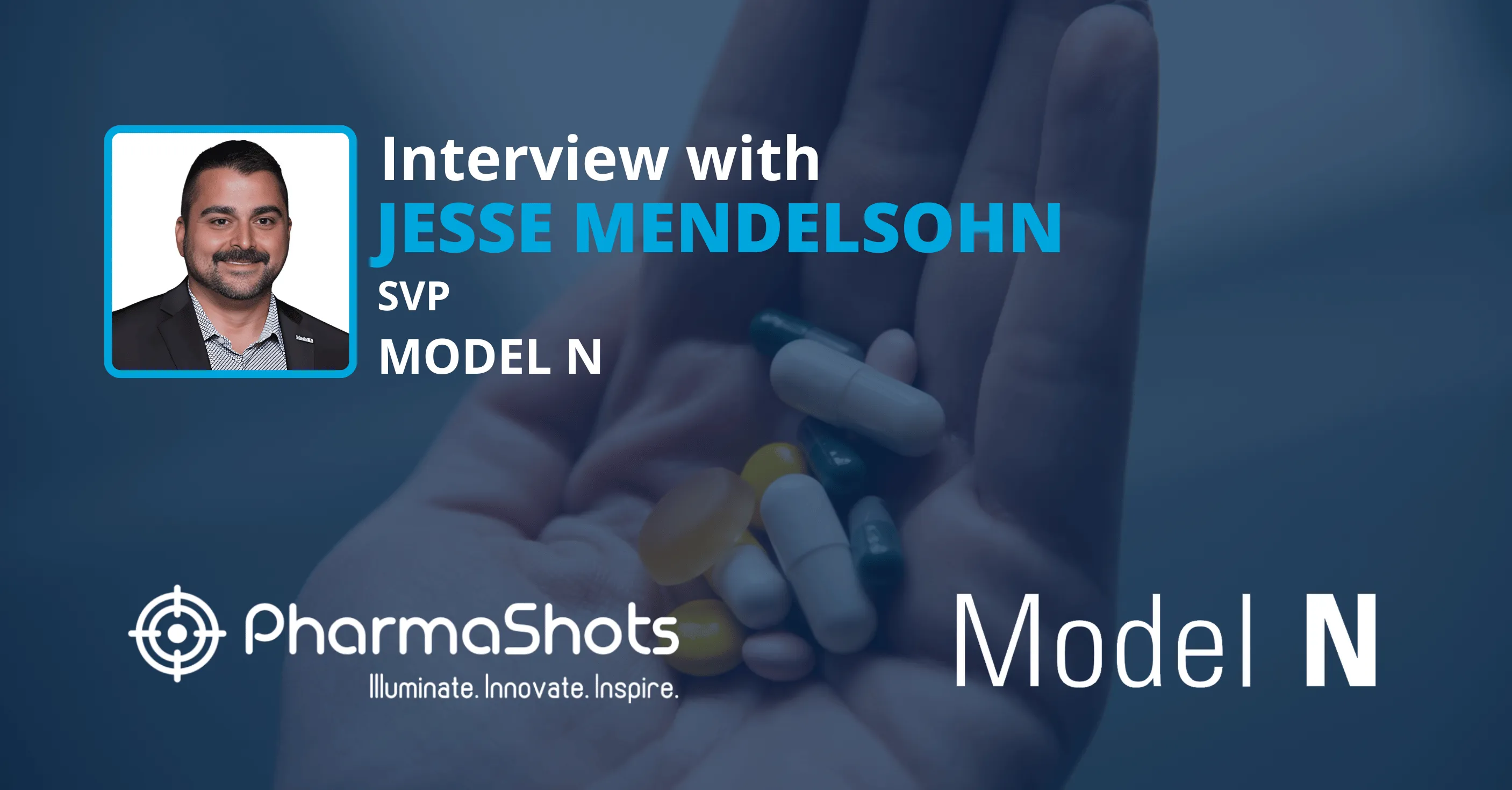
PharmaShots Interview: Eli Lilly’s Eric Pearlman Shares Insight on Emgality (galcanezumab-gnlm) for the Treatment of Episodic Migraine
In an interview with PharmaShots, Eric Pearlman, Associate Vice President, Global & US Medical Affairs at Eli Lilly shared his views on the initiation of the patients enrollment in P-IV (CHALLENGE-MIG) head-to-head trial of Emgality for episodic migraine in adults
Shots:
- The company initiate the patients' enrollment for the P-IV (CHALLENGE-MIG) head-to-head trial to evaluate the efficacy and safety of Emgality vs Nurtec ODT in ~700 adults patients with episodic migraine. The results are expected in early 2023
- The 1EPs is the proportion of patients with ≥50% reduction from baseline in monthly migraine headache days @3mos. & the 2EPs include ≥75% & 100% reduction from baseline in monthly migraine headache days, improvements in MSQ to measure migraine-specific health-related QoL & MIDAS to assess headache-related disability
- Emgality is a mAb that selectively binds to CGRP & has been approved in the US in Sept 2018 for the preventive treatment of migraine
Tuba: What is the aim behind evaluating Emgality injection vs. Nurtec ODT?
Eric Pearlman: The goal of the study is to deepen the understanding of anti-calcitonin gene-related peptide (CGRP) monoclonal antibodies (mAbs), like Emgality, compared to oral gepants, like Nurtec ODT, in the preventive treatment of migraine and answer important questions that will help physicians and patients make more informed treatment decisions.
Tuba: Can you shed some light on the study design of the CHALLENGE-MIG clinical trial?
Eric Pearlman: CHALLENGE-MIG is a multi-site, randomized, double-blind, double-dummy, parallel-group Phase 4 study in adult patients who have episodic migraine with or without aura. There are two treatment arms: Emgality 120 mg once-monthly injection, with an initial 240 mg loading dose, and Nurtec ODT 75 mg, taken every other day. The study’s primary endpoint is 50% reduction in monthly migraine headache days and the study's secondary endpoints include quality of life improvements and the percentage of patients with ≥75% and 100% reductions from baseline in monthly migraine headache days.
Tuba: Tell us about Nurtec and Emgality and its Moa, Roa, and other details.
Eric Pearlman: Emgality is a once-monthly anti-CGRP injectable migraine treatment for adults and the only CGRP medication with ≥50%, ≥75% and 100% reductions of monthly migraine headache days in its label for people with episodic migraine experiencing 4 to 14 migraine headache days per month. Additionally, Emgality is approved for the severe headache disorder episodic cluster headache in adults.
Emgality and Nurtec ODT have different mechanisms of action. Emgality binds to the CGRP protein, whereas Nurtec ODT attaches to the CGRP receptor.
Tuba: Explain episodic migraine and its epidemiology.
Eric Pearlman: Episodic migraine is defined as experiencing less than 15 migraine headache days per month with or without aura. Migraine impacts one in seven adults worldwide, making it the third most prevalent illness in the world and the leading cause of disability for people under the age of 50. In the U.S. alone, migraine impacts 1 in 7 people.
Tuba: What results were obtained from the CHALLENGE-MIG clinical trial?
Eric Pearlman: CHALLENGE-MIG is currently enrolling adult patients, and we anticipate full results being available in early 2023. We are proud to be helping more than 700,000 patients as of 2021 and believe patients should expect more and get more from medications that can help prevent migraine. We look forward to sharing the findings from our Emgality versus Nurtec ODT head-to-head trial.
Tuba: What other drugs are being developed in the neuroscience space in your pipeline?
Eric Pearlman: Lilly is deeply committed to advancing our robust neuroscience portfolio and supporting the millions of people impacted by these conditions, such as Alzheimer’s, dementia, migraine, Parkinson’s disease and chronic pain. Medications in development for neuroscience and pain include 14 molecules with 12 in Phase 2 and Phase 3 trials. For more information about Lilly’s clinical development pipeline, please visit https://www.lilly.com/discovery/clinical-development-pipeline.
Tuba: In your POV, injection or ODT, which will show better patient compliance and adherence?
Eric Pearlman: At AHS 2021, Lilly released data from our stated-preference web-based survey which found self-injectable treatments were predicted to be preferred over oral treatments in nearly nine out of ten (86.3%) choices made by participants. Lilly also shared real-world data insights that revealed greater adherence and persistence for Emgality compared to oral standard of care preventive migraine treatments.
Tuba: What are the financial terms involved in this development?
Eric Pearlman: We cannot disclose the financial terms of the study.
Source: Pexels

About Author: Eric Pearlman is the Associate Vice President, Global & US Medical Affairs at Lilly. Eric is responsible for all US medical affairs strategy and operations activities across Lilly’s neuroscience portfolio of medicines, including leading the efforts for migraine and related disorders. He received his MD and PhD from the University of Rochester. After completing residencies in Pediatrics at Baylor College of Medicine in Houston and Child Neurology at Johns Hopkins University in Baltimore, he practiced Neurology and Headache Medicine in Savannah, Georgia for 18 years.

This content piece was prepared by our former Senior Editor. She had expertise in life science research and was an avid reader. For any query reach out to us at connect@pharmashots.com














